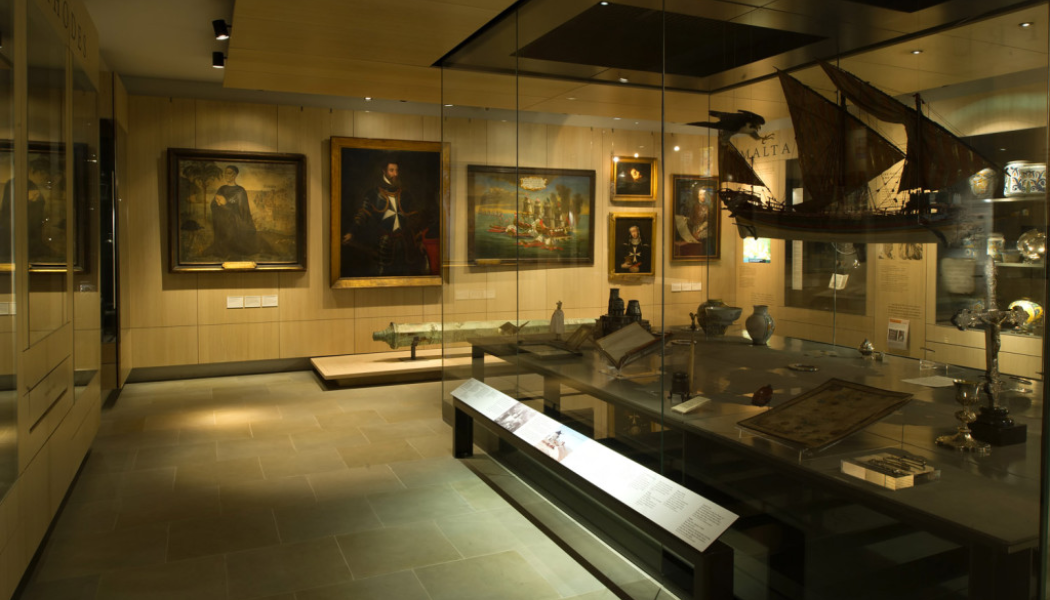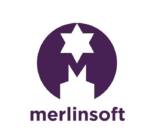Central to their concerns is earned income. The outlook for visitor numbers is uncertain, even for those venues that had a good summer last year. Many households across the UK will have less disposable income and so will probably be making fewer visits and spending less when they do. Domestic tourism may be reduced, especially as the pent-up demand that built over the pandemic has largely been satisfied.
International tourists could take a while to return to their pre-pandemic levels, especially as the closure of Russian airspace makes trips from Asia to Europe longer and more expensive. As visitor numbers recover, visits may be concentrated in key locations (e.g. London, Bath, Edinburgh, Lake District, etc.) and may not at first spread out much to smaller places.
This has left many venues looking to increase their income from the visitors that they do get. Though necessary, many venues feel uneasy doing this, as it often goes against a history of free or low-cost provision, and a wish to encourage visitor engagement, build relationships with their audiences and provide ‘access for all’. In some cases, it seems at odds with their founding principles or charitable aims and the work they do with local communities.
It is also recognised that levels of hardship are likely to increase due to inflation and increased energy costs. This means that more people will not be able to afford to pay much or anything at all to visit.
A mixed economy approach
Increasingly, venues are addressing this dilemma by moving towards a mixed economy approach. In broad terms this looks at charging for some activities while others are given away at a discount or free, to specific audiences or at particular times.
A mixed economy is a flexible approach, which takes the middle ground between charging for everything or charging for nothing. It allows venues to pick and choose their level of charging and vary the mix as they see fit, changing as circumstances alter.
Most venues do this to some extent already, by offering discounts for certain audiences on entry, events, and activities. Commonly discounted admissions include families and children, students and young people, seniors, visitors with disabilities (and often their carers), and visitors receiving benefits. In some cases the offer to a particular audience is free, for example children under a certain age.
Some venues also give discounts or free entry to specific audiences. Military museums, for instance, often give free entry to military personnel. In other instances, local residents in certain postcodes benefit.
An important point to note is that visitors accept that there are discounts for specific audiences, even if they are personally paying full price.
A mixed economy extends this principle into more of a comprehensive integrated approach, looking at the whole picture. It looks across all visitor-facing activity to see which audiences could benefit from targeted support, when and in what form.
Value versus price
A useful start point is to target visitor value rather than prices. For many visitors, a key consideration is the value they get from an activity, rather than just its cost. If something gives high value, it is worth more.
Part of this judgement is comparing value with what can be found elsewhere, for a similar price. For many venues, the value they give is vastly higher than what they charge.
For example, where an activity with real objects presented by experts that lasts for two hours costs little more than a cup of coffee, the value far outweighs the price. Visitors can also make judgements if the price is too low, assuming that the offer must give little value.
A first step is to review what value audiences get for various experiences. It is often helpful to break this down into what should be included in a standard visit, to make it a compelling and attractive offer. This standard offer should deliver good or if possible great value to a variety of audiences.
The next stage is to examine what else could be on offer that could add value for certain audiences, either during a visit or at another time. Some of these offers may already exist (e.g. standard tour, family activities, temporary exhibitions, talks/lectures; café, guidebook) and others may require a fresh approach.
Auditing all your assets will start to suggest what new offers could add extra value – gardens, outside spaces, courtyards, buildings, inside spaces and in-house expertise can all be used in new ways. Partnerships with outside organisations could also bring different events and activities.
The Museum of the Order of St John, London
The Museum of the Order of St John, London is an interesting example of following a mixed economy approach. The standard offer of a self-guided visit is free entry and there are a range of additional free events and activities, including evening lectures, family activities/workshops (drop-in and booked), ten-minute talks and tea.
The Museum charges for guided tours, though local residents can book for £1. Other events are also charged for, including quiz nights and improvised opera with an outside company using the historic setting as inspiration. The Museum has also set up an escape room, again drawing on the building’s history.
Flexible options
Focussing on value gives venues the confidence to raise prices, as they can see the worth of what they provide as well as the extent to which they give different audiences what they want, especially if this is not easy to get elsewhere. As prices rise with inflation, offers that visitors can do elsewhere often also go up in price, even going for a coffee and cake.
There are a variety of flexible options for giving free or discounted value to targeted audiences. Charged events can have a limited number of free or discounted places, which could be available to specific audiences or by invitation or to whoever books first. Punchdrunk immersive theatre company runs an on-line weekly lottery to book pairs of discounted tickets for a week ahead to their current London show. Some venues give away vouchers or on-line booking codes to specific audiences.
An alternative is to double up event sessions, with say, one workshop charging and another session of the same workshop free or discounted for targeted audiences. In some instances, it may be possible to cover the cost of the free session with the tickets sales from the charging session.
Another possibility is to identify periods when your venue is less busy, such as in the morning or late afternoon, certain days of the week or outside of peak season. These periods could be the focus of encouraging select audiences to visit, either through promotions or incentives or by moving to a variable pricing model where it is cheaper to visit out of peak times, Examples include ‘early bird’ tickets for the first hour after opening, and ‘winter special’ tickets in the off season.
Some audiences would benefit from more flexibility than the usual one-off entry or year membership. For example, a Carnet of 10 tickets can be used as visitors want, but still encourage them to come back. Carnets can also address the issue that different family tickets have fixed combinations of one or two adults and set numbers of children.
Pricing is not the only way of giving benefits to targeted audiences. Extra value can be bundled into a visitor offer, such as including a guidebook, merchandise, an activity or free food/drink into an offer, or offering discounts on an activity, or in the café or shop.
Linking added value to a future event or activity also gives visitors reasons to return – for example, a voucher to see the next exhibition or for future events and activities. A mixed economy of giving selected audiences value across a broad range of activity and over a sustained period can help build long-term relationships, rather than one-off visits for a specific activity or event.
A mixed economy approach can bring local and community audiences centre stage, especially outside peak season. With the right offers and delivering worthwhile value, it can position a venue as a community asset, where local residents and community groups are welcomed, with some being encouraged and supported to visit slightly more than others. Seen in this light, community groups that are part of a venue’s development programme fit more clearly into a pattern of local use.
A key element of a mixed economy approach is flexibility. Each venue can assess its own situation and decide its own priorities, predicting and adapting to demand. There is opportunity to try out offers to different audiences and change for different circumstances, sometimes on a temporary basis. Using a mixed economy helps venues maximise their earned income while staying true to their principles.











